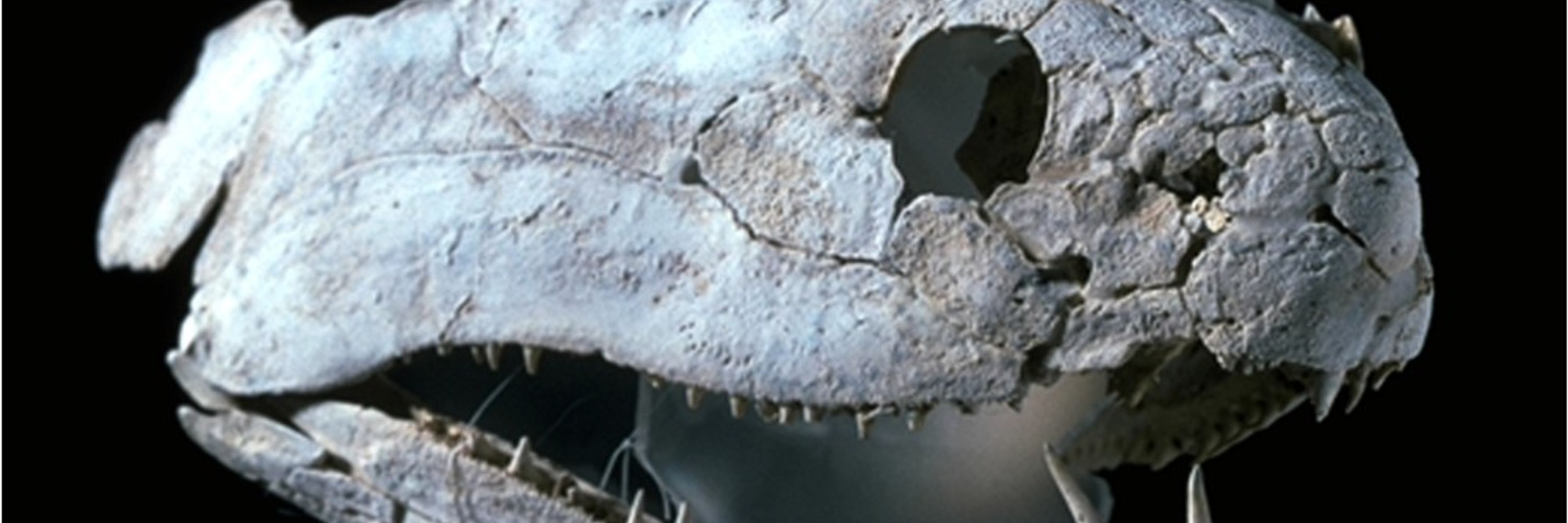Dr Alice Clement
@draliceclement.bsky.social
570 followers
200 following
80 posts
Evolutionary Biologist & Palaeontologist 🦴Lungfish Enthusiast 🐟 Loves Brains & CT 🧠 Flinders Palaeontology 🇦🇺 Virtual Australian Museum of Palaeontology 🩻 Royal Society SA Vice President 👑
Posts
Media
Videos
Starter Packs
Reposted by Dr Alice Clement
Reposted by Dr Alice Clement
Reposted by Dr Alice Clement
Reposted by Dr Alice Clement
Reposted by Dr Alice Clement























